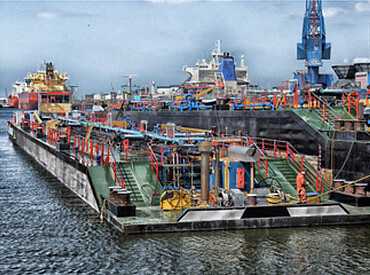Abstract
This case looks at the challenges facing the Port of Rotterdam in the Netherlands in its transition towards becoming a sustainable and smart port. More specifically, it examines how smart energy grids and business applications (apps) could facilitate this shift. As the Port’s operations were mainly in CO2- and energy-intensive sectors, it had to find ways to reduce its greenhouse emissions and comply with the Paris Climate Agreement. Although the Port of Rotterdam and its industrial cluster had already taken steps in this direction, for example via a residual heat network and a hydrogen project, it still needed to investigate new ways to establish an efficient system of using energy and raw materials so that its existing activities would have a future and the industrial complex would remain a vibrant economic hub. Digitisation was known to be one of the main pillars of future energy systems that could greatly help decarbonisation. Apps could be developed to facilitate the integration of decarbonisation and digitisation by better engaging end-users and other stakeholders. In order to develop the apps, business cases for them had to be identified, taking into account the needs and limitations of different stakeholders.This case is part of the Sustainable Development Goals (SDGs) case series, developed by Rotterdam School of Management (RSM), Erasmus University.
Citation Note
Based on field research; 20 pages Follow the 'handle' link to access the Case Study on RePub. For EUR staff members: the Teaching Note is available on request, you can contact us at rsm.nl/cdc/contact/ For external users: follow the link to purchase the Case Study and the Teaching Note.
Objective
1. Identify a problem related to sustainable energy that can be addressed by means of a business app. 2. Describe a plausible solution by considering costs, benefits and risks. 3. Evaluate the proposed solution’s contribution to the goal of SDG 7 by using measurable indicators. 4. Discuss the different SDGs related to the energy transition and how they are linked.
